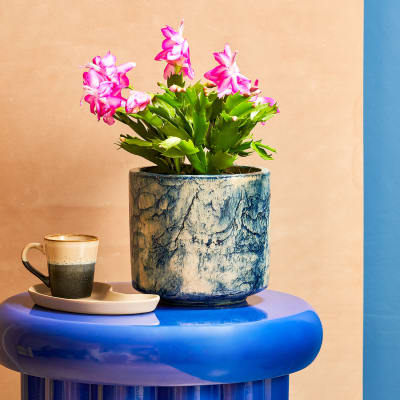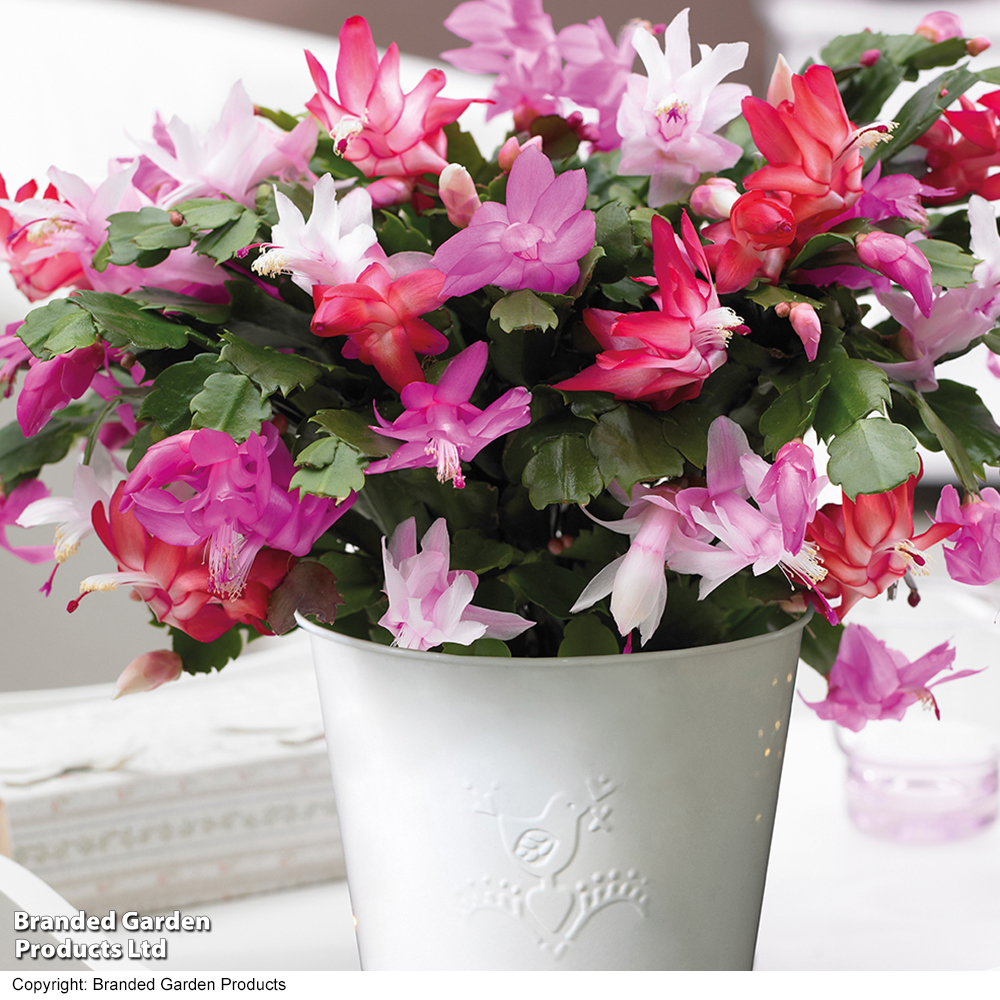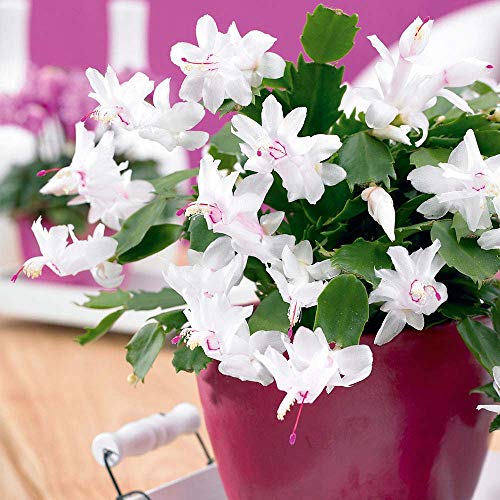Why have my Christmas cactus leaves turned red? The 4 possible reasons and how to fix each of them
Restore your festive plant just in time for Christmas
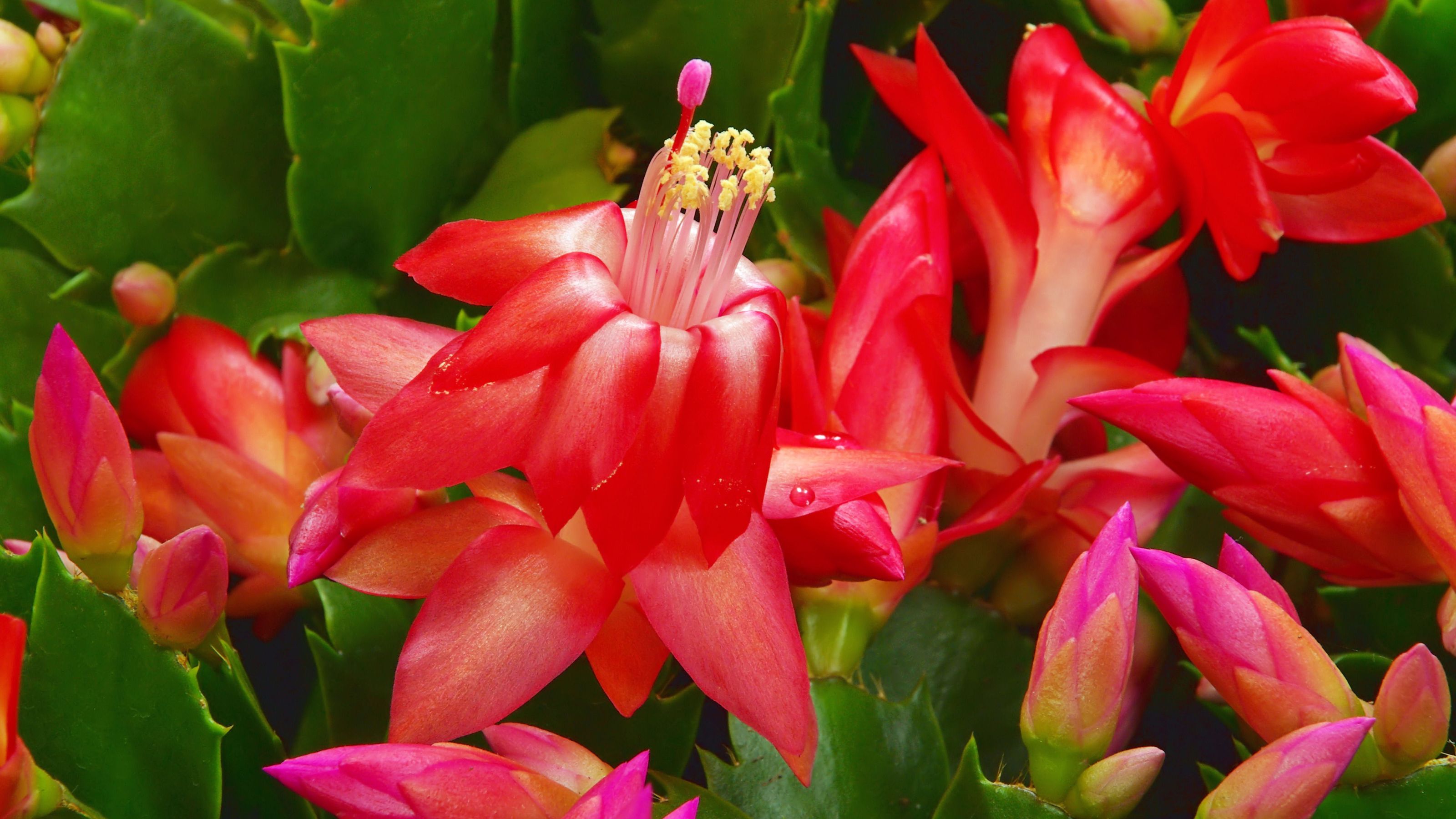

Christmas cacti are famous for their beautiful blooms. This festive plant is a relatively easy houseplant to take care of, but that doesn’t mean problems can’t arise. One of the most common problems is Christmas cactus leaves turning red, but why does this happen?
Caring for a Christmas cactus is one of the most important things you can do if you want to ensure your plant stays healthy over the festive period. The leaves of your cactus turning red is an indicator of stress - typically triggered by too much sunlight, extreme temperature changes, lack of nutrients, or underwatering.
According to the experts, these are the four main causes and below we've outlined the simple fixes for each that you can do to return your cactus to its usual green hue.
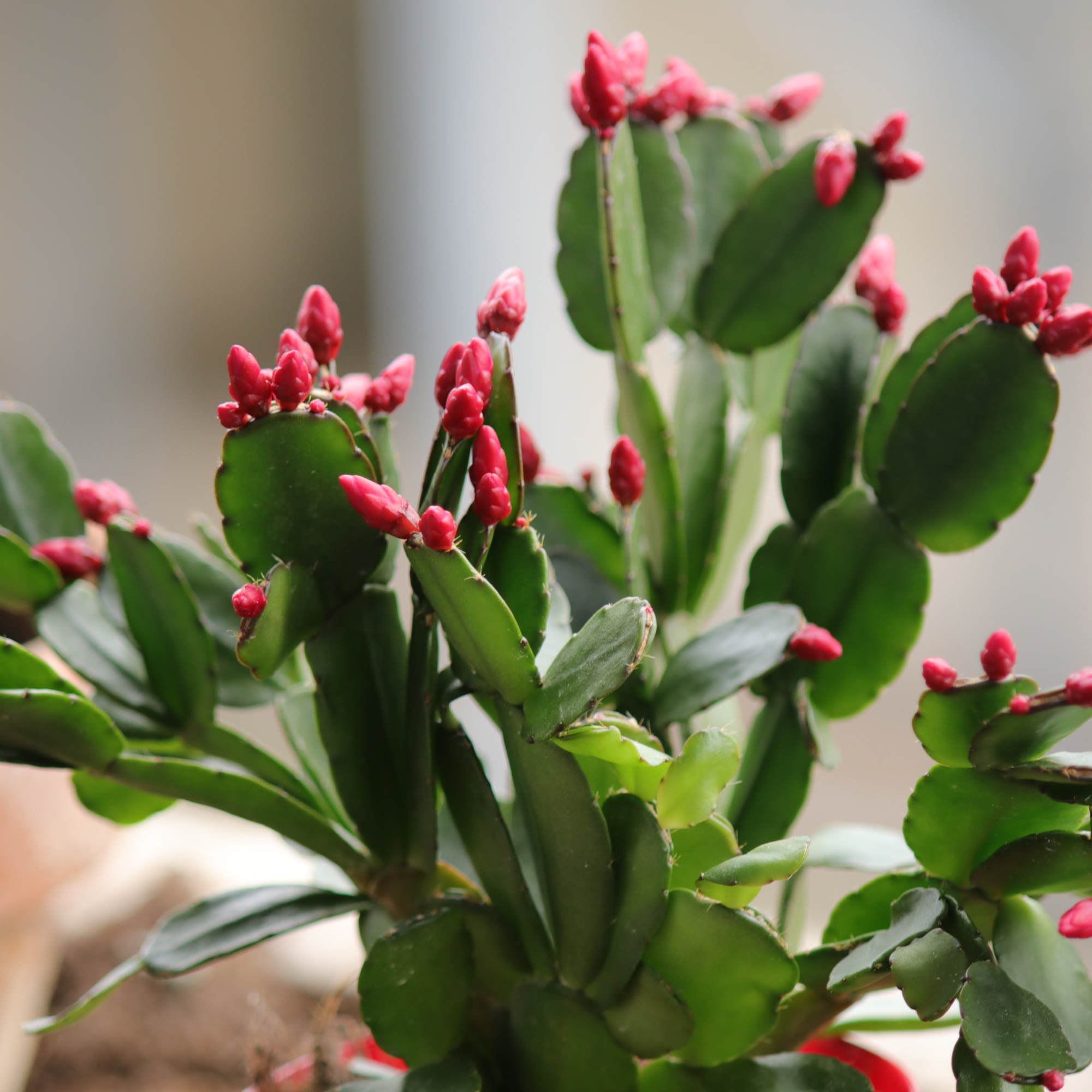
1. Too much sunlight
'Too much exposure to direct sunlight or bright, intense light can cause the leaves to turn red. Christmas cacti naturally thrive in indirect light conditions at home,’ says Jo Lambell, founder of Beards & Daisies.
The fix to this is easy, simply move your Christmas cactus. These plants are best suited to north or east-facing windows as there is less direct sunlight.
2. Exposure to cold temperature
‘If your cactus is exposed to cold temperatures for too long, particularly below 10°C, it can cause stress, leading to reddening leaves,' says Jo from Beards & Daisies.
Graham Smith MCIHort a gardening expert at LBS Horticulture agrees. 'Fluctuations in temperature can cause the leaves of the cactus to turn red, so ensure that the plant is placed somewhere where it will receive bright, indirect light and the temperature will remain consistent (between 15 and 24°C). Ideally, the plant should not be placed close to a heat source or somewhere draughty,' he recommends.
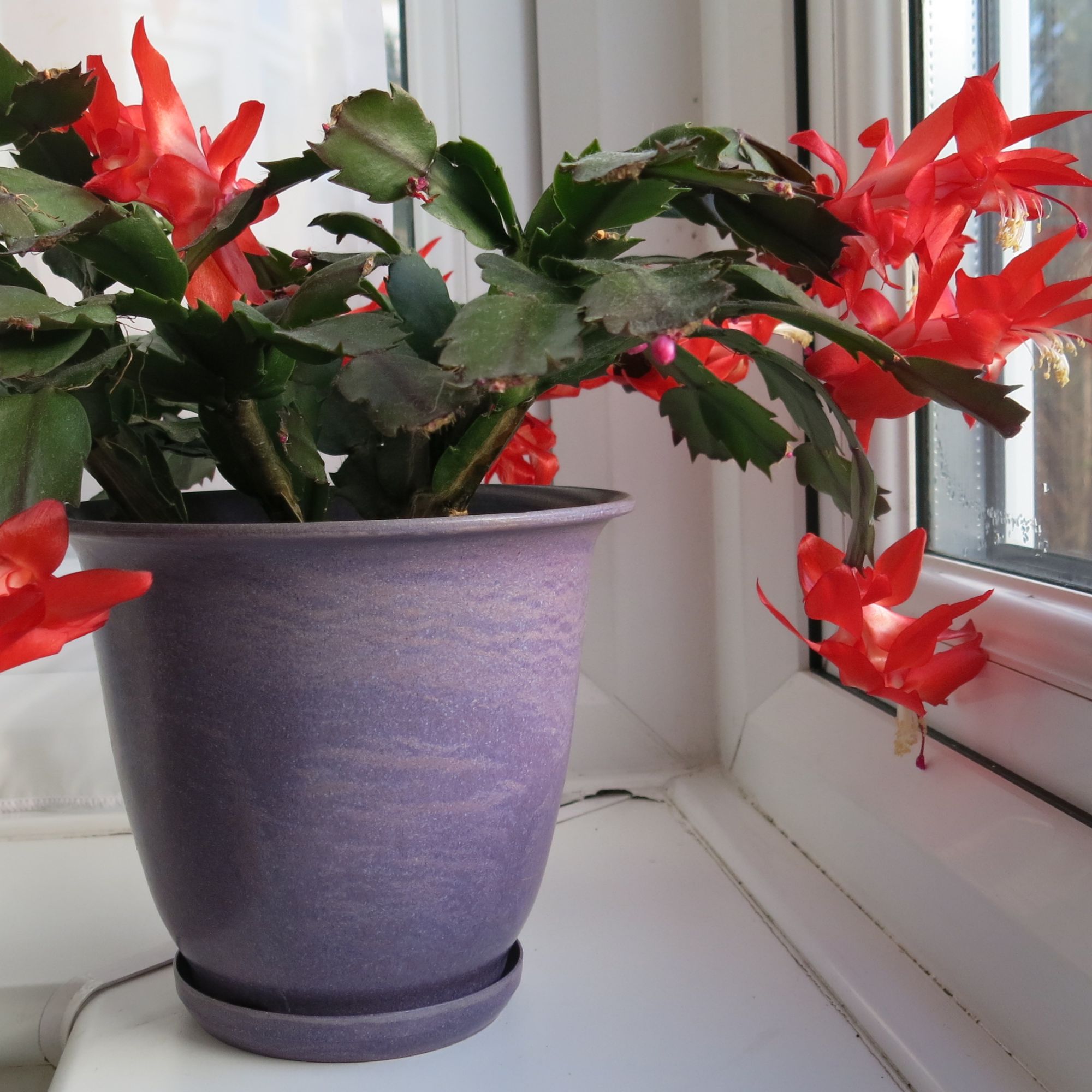
3. Lack of water
‘A lack of water can stress your plant, causing red pigmentation to appear as it tries to save as much energy as possible,' says Jo.
If you’re wondering how often you should water your christmas cactus, the answer is every two weeks - or when the soil feels dry to the touch.
Graham points out that 'overwatering can also cause stress to a Christmas cactus and make its leaves turn red. Check that the soil of the plant is well-draining, and water when the top inch or so feels dry.'
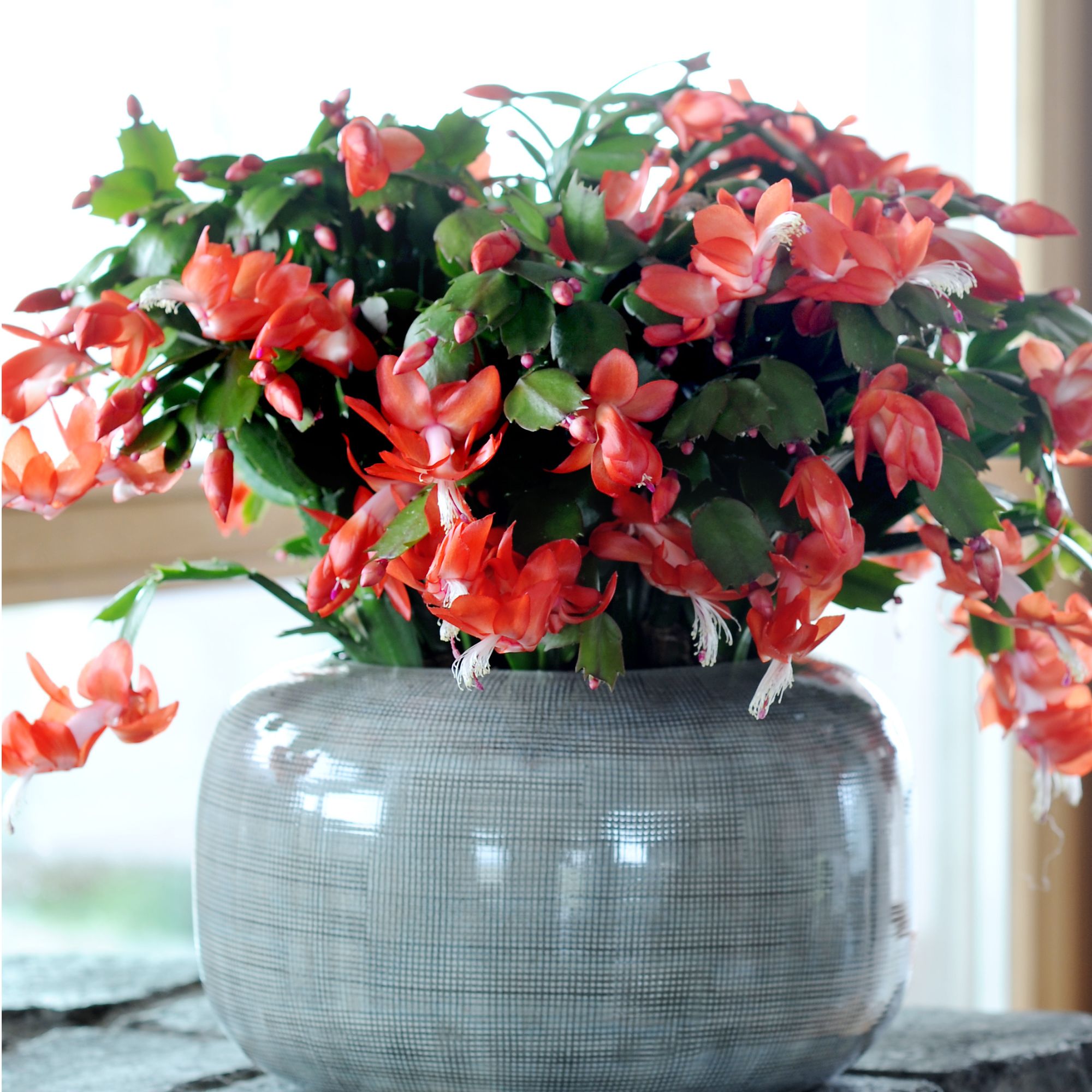
4. Lack of nutrients
‘If your Christmas Cactus isn't getting enough essential nutrients, particularly phosphorus (an essential mineral), its leaves may turn red. This happens because the plant struggles to photosynthesize effectively.’
As a fix, Graham recommends regularly feeding your Christmas cactus through the growing season to prevent nutrient deficiencies.
Shop Christmas cacti
By adopting these changes, you can enjoy a beautiful healthy plant for plenty of festive seasons to come.
Get the Ideal Home Newsletter
Sign up to our newsletter for style and decor inspiration, house makeovers, project advice and more.

Kezia Reynolds joined the Ideal Home team as News Writer in September 2024. After graduating from City, University of London in 2022 with a bachelor’s degree in journalism, Kezia kicked off her career spending two years working on women’s weekly magazines. She is always on the lookout for the latest home news, finding you the best deals and trends - so you don’t miss a thing!
-
 How to grow courgettes vertically – my simple step-by-step to this clever small garden trick for a bumper crop this year
How to grow courgettes vertically – my simple step-by-step to this clever small garden trick for a bumper crop this yearIt’s the perfect option for smaller gardens
-
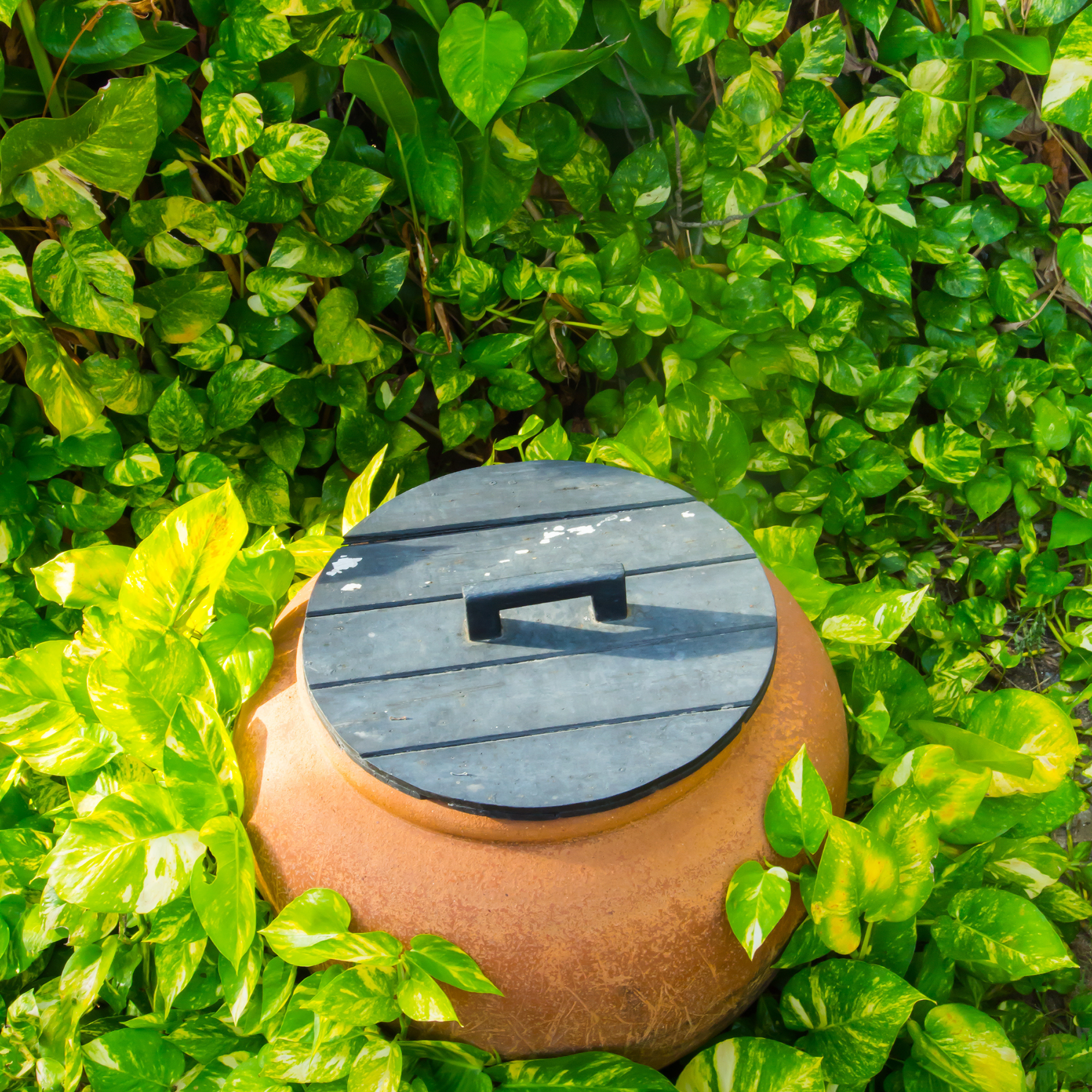 This easy method means you can water your plants while on holiday - it’s so effective that people have been using it for thousands of years
This easy method means you can water your plants while on holiday - it’s so effective that people have been using it for thousands of yearsIt's simple and really effective
-
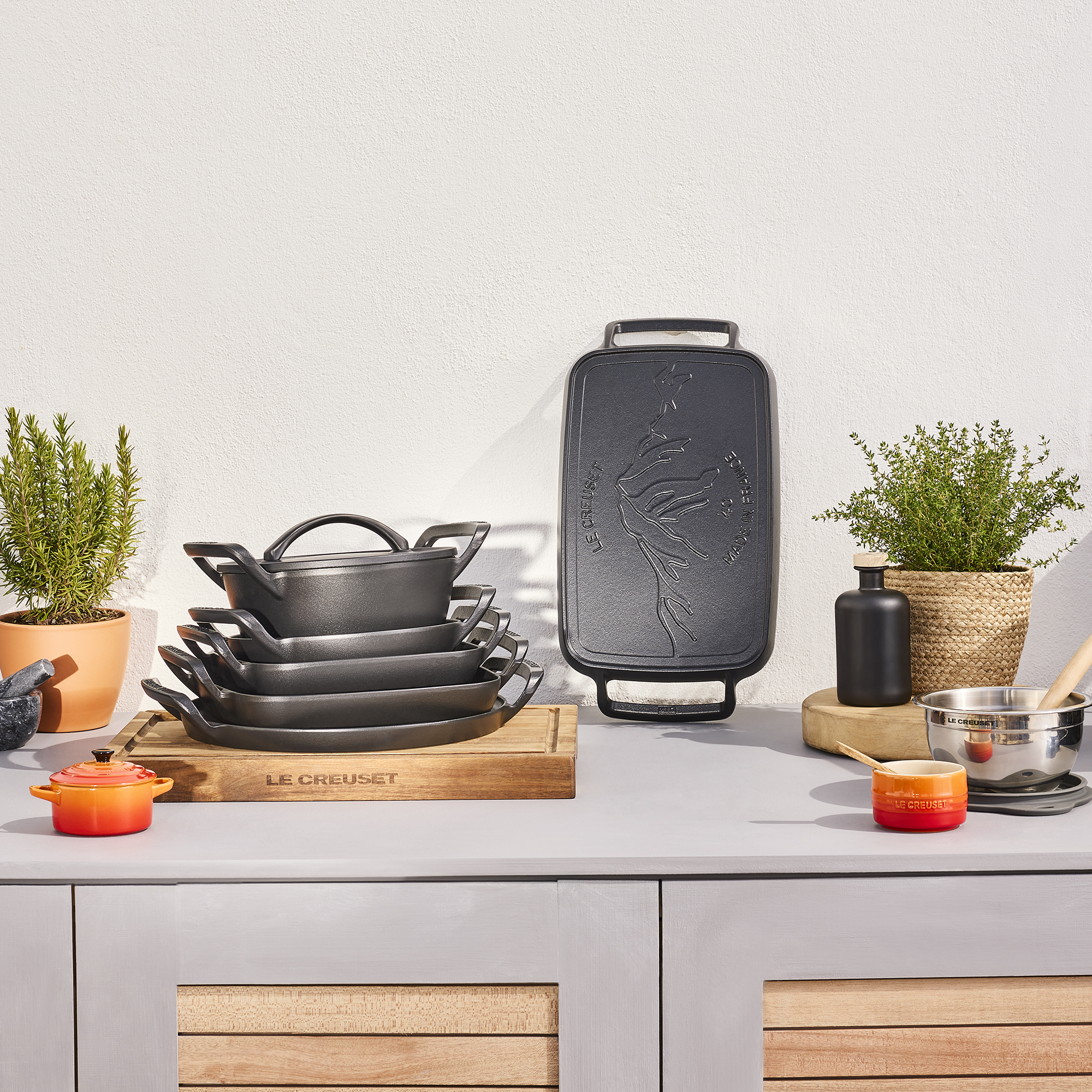 Le Creuset just added some seriously clever BBQ cookware to its cast iron range
Le Creuset just added some seriously clever BBQ cookware to its cast iron rangeI'm already eyeing up the pizza pan
-
 Le Creuset just added some seriously clever BBQ cookware to its cast iron range – I'm already eyeing up the pizza pan
Le Creuset just added some seriously clever BBQ cookware to its cast iron range – I'm already eyeing up the pizza panI'm already eyeing up the pizza pan
-
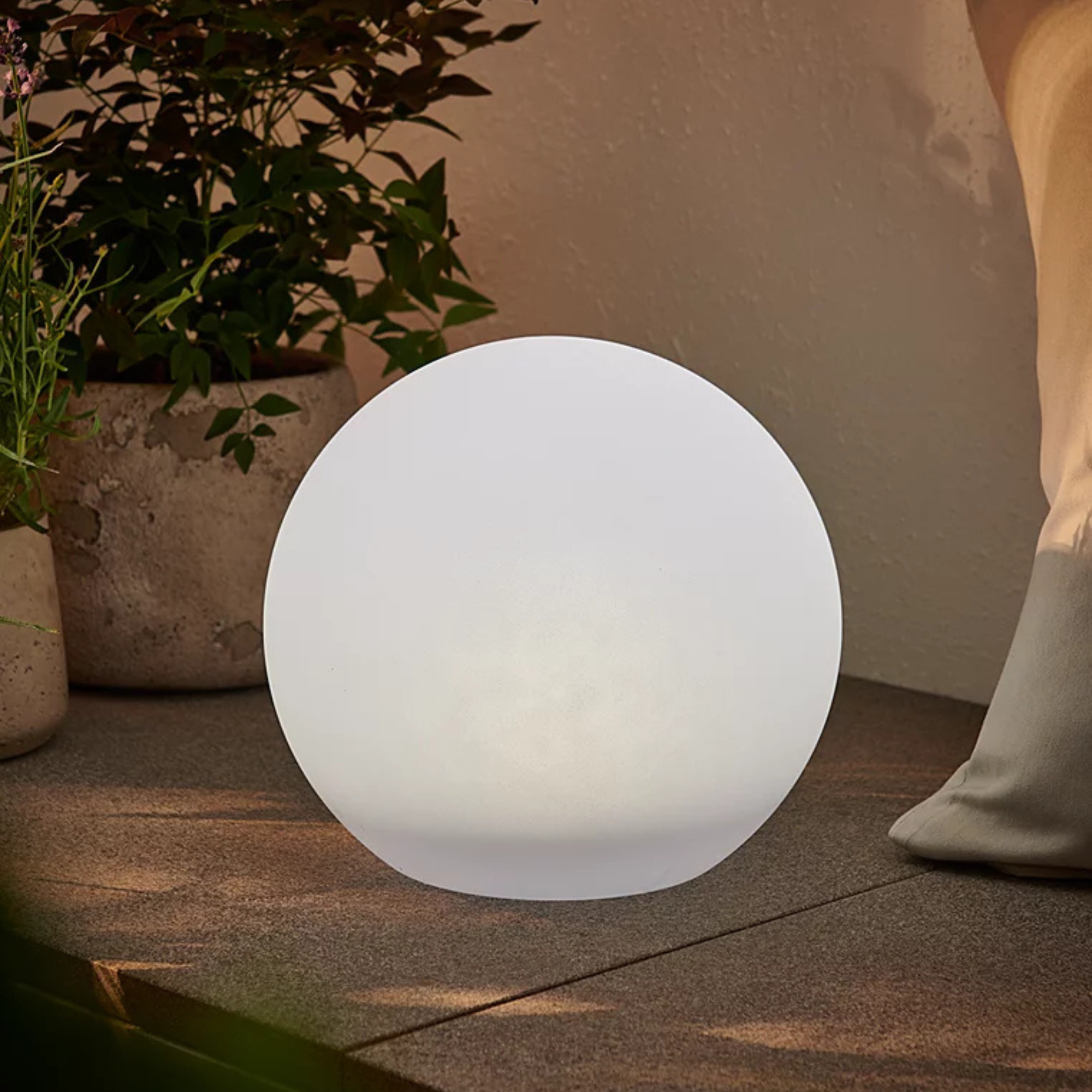 Habitat's solar ball light nails this year’s breakout outdoor lighting trend - this is how to style it at home
Habitat's solar ball light nails this year’s breakout outdoor lighting trend - this is how to style it at homeThis stunning lamp is easy to style
-
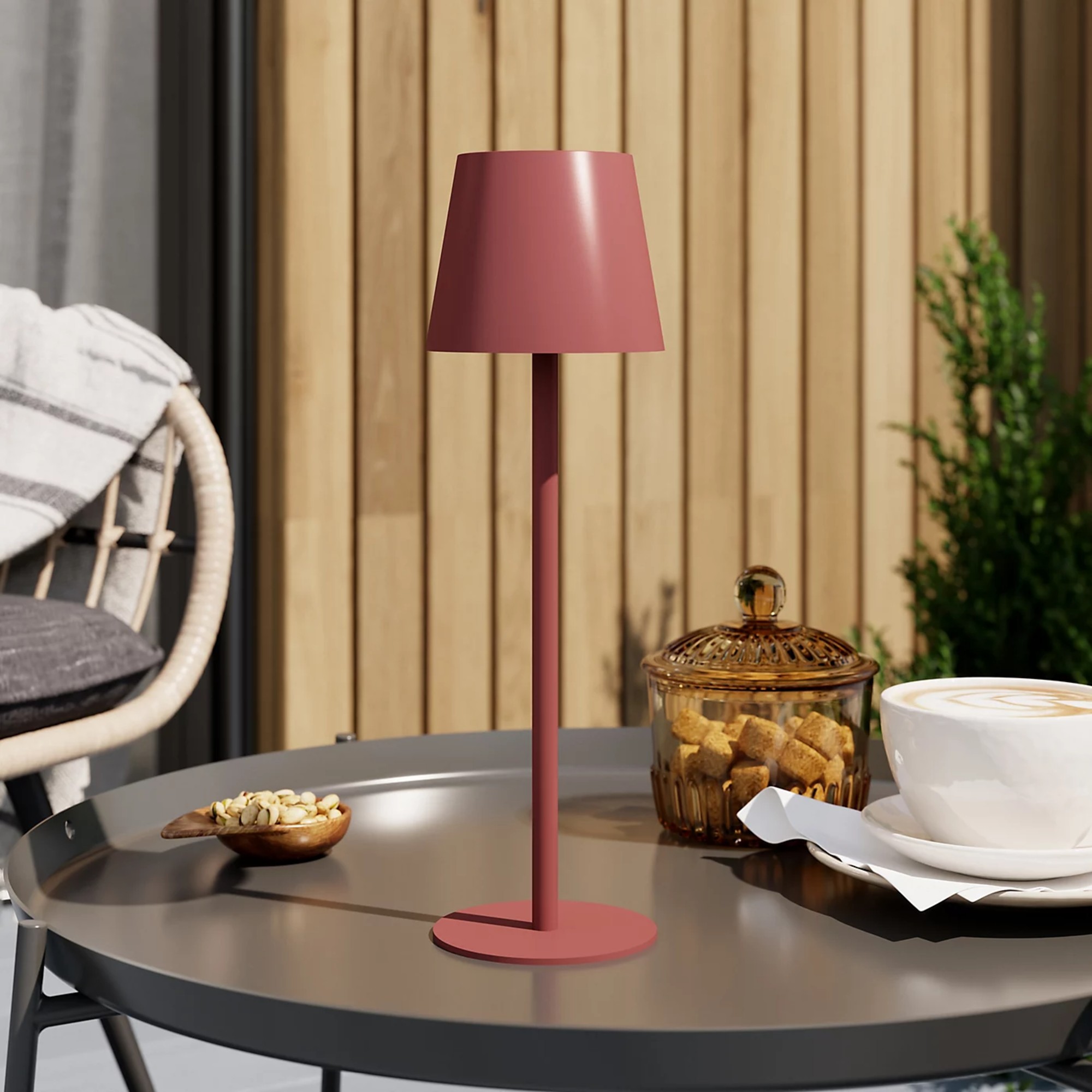 B&Q’s new wireless lamp is the perfect lookalike for Pooky’s popular Scoon lamp – and it’s only £15!
B&Q’s new wireless lamp is the perfect lookalike for Pooky’s popular Scoon lamp – and it’s only £15!If you like Pooky’s Scoon wireless lamp, you’ll love B&Q’s new lookalike selling for a fifth of the original price
-
 Tom Kerridge says this BBQ staple is ‘a really good little investment’ – and I’ve tracked one down for less than £2
Tom Kerridge says this BBQ staple is ‘a really good little investment’ – and I’ve tracked one down for less than £2This bargain buy will make all the difference to your barbecuing skills
-
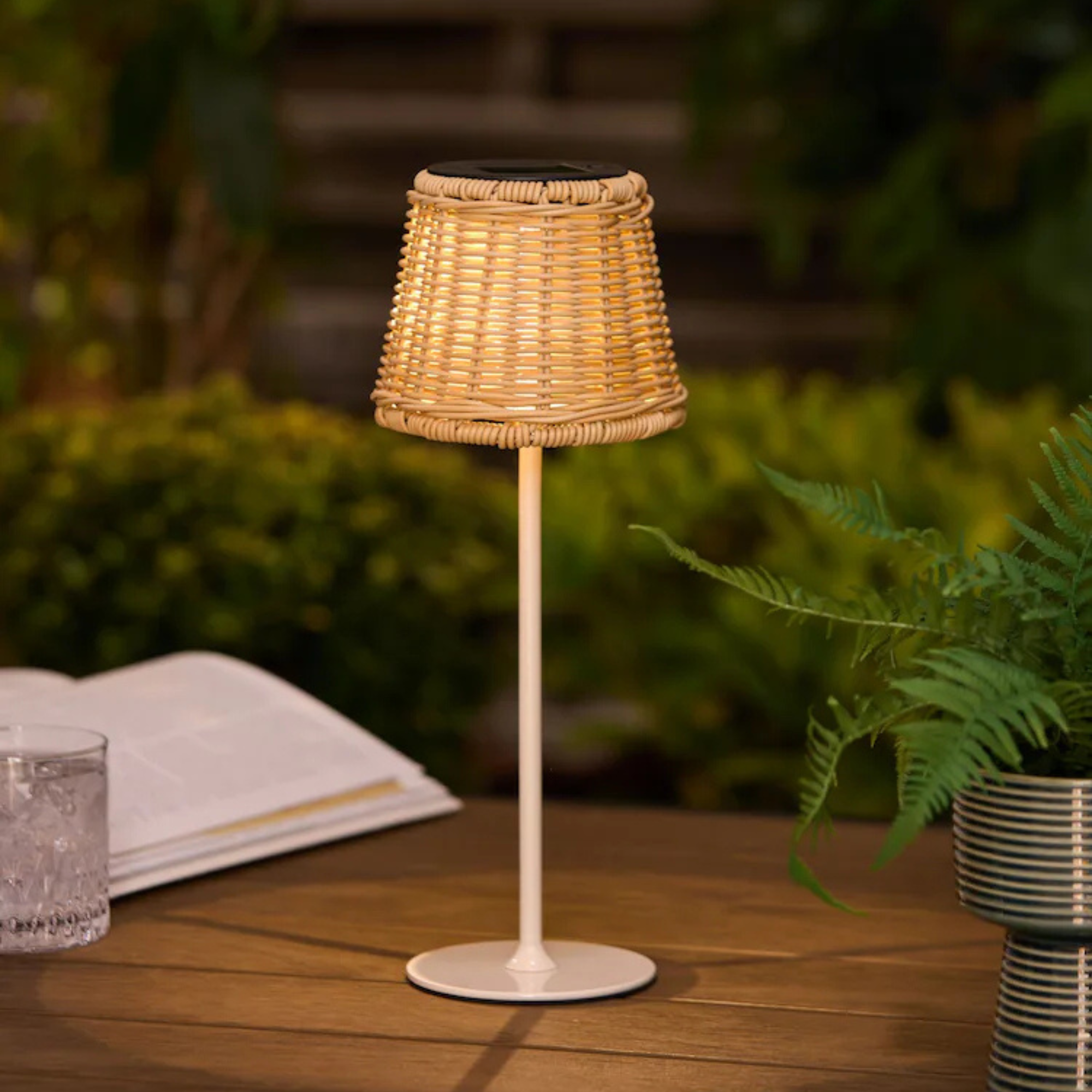 Next just launched the best-looking outdoor table lamp of the summer - the iconic Pooky scoon lamp has competition
Next just launched the best-looking outdoor table lamp of the summer - the iconic Pooky scoon lamp has competitionI couldn't believe the table lamp was only £25!
-
 Is Debenhams the new Lidl? I just spotted 3 egg chairs in the sale that are the same price (and cheaper) than Lidl's new hanging chair
Is Debenhams the new Lidl? I just spotted 3 egg chairs in the sale that are the same price (and cheaper) than Lidl's new hanging chairI couldn't believe the prices of these stylish chairs...
-
 Louise Thompson's statement outdoor chair is the star of her charming urban garden – you'd never guess it's an affordable high-street buy
Louise Thompson's statement outdoor chair is the star of her charming urban garden – you'd never guess it's an affordable high-street buyThe reality TV star shared a snap of her charming garden on Instagram – and this chic chair stood out
-
 Debenhams just made me do a double-take with this bargain designer-look outdoor sofa
Debenhams just made me do a double-take with this bargain designer-look outdoor sofaThis is the last place I thought I'd find my dream outdoor sofa
